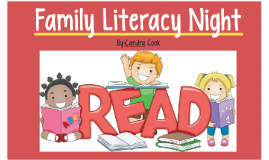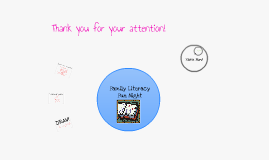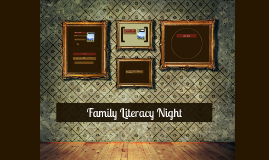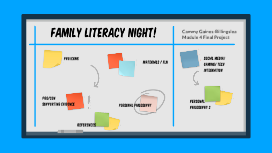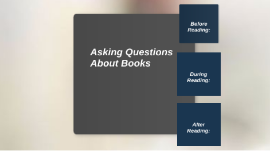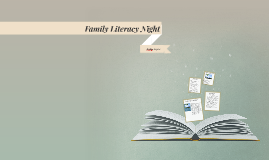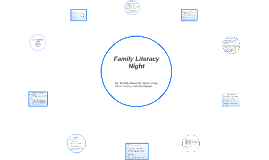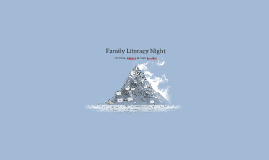Family Literacy Night
Transcript: (Providing,n.d.) Importance of Family Literacy References Parents, it is important that your child sees you engaging in literacy on a daily basis as well. Discuss and read to your child your favorite books when you were their age. Leave books around the house in frequently visited places such as the living room, bedroom, den, kitchen, etc. This shows them reading is a daily part of your life. Join book clubs or even just have designated individual reading time. Don't make it a chore. Enjoy it! Dedicate at least 10-15 mins a day reading to your children. Make it a routine (bedtime, after dinner, bath time, etc.). Read a variety of books. Fiction, non-fiction, short stories, and chapter books all have something to offer. Along with a routine, have a designated reading corner or spot in the house. Show that it is reading time is important and there is a special place where they unwind with a book. Family Literacy Night (Providing,n.d.) Daily Reading Parents and Reading (Clark, 2007) Research has shown that children who are raised in a home that has a strong literacy influence, tend to grow up to be better readers and are more successful in school, compared to children who grow up in a home where literacy is not promoted. When families are involved in the reading and writing of their child(ren), the bigger the difference it makes in academic achievement. A home that places an importance of literacy develops of love of reading, writing, and discovery. Visit the Library By:Candra Cook Writing and Drawing Take your child to get a library card. Make it a special event. Explain to your child what a library is, what a library card does, and how one behaves in the library. Let them pick out their own books as well as family story time reading books. Look at your local library schedule, and see when they are having a children's story time. Most libraries have reading activities for children on a weekly basis. While reading is what we mainly think of as far as literacy, writing and drawing are just as important in literacy development. Get yourself and your child a journal. Jot down or draw daily thoughts. Have them decorate the cover and encourage them to use it often. Display writing and drawings in the home. Frame them, place on fridge, or hang in your room and child's room. Let them know you value their literacy work. Finding Their Likes Bring your child's reading to life. Reinact favorite books through dress up, plays, puppet shows, etc. Visit local theaters, especially if the play is off of a book (Stone Soup, Red Riding Hood, A Christmas Carol). Read the book prior to going. Then ask questions like, what they liked more about the play and what they liked more about the book. Literacy In Daily Life (Literacy, 2014) Theater (Providing,n.d.) (Providing,n.d.) (Providing,n.d.) (Literacy, 2014) As parents, you know that using your child's likes to get them interested in something can really work towards your advantage. Find out what your child likes. If your child likes baseball, find books both fiction and non-fiction about all things baseball. Read to them the sections on baseball in the newspaper. By using their interest, you can open more doors to literacy by leading them to explore a variety of reading material. Show your child that literacy is a part of our daily life. Involve them in cooking dinner. Have them read the recipe and ingredients. Ask them to read signs on the road, especially common signs like a stop sign. Play games in the car like, I'm thinking of an animal that starts with the letter 't'.






